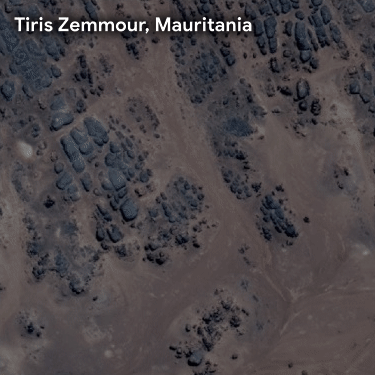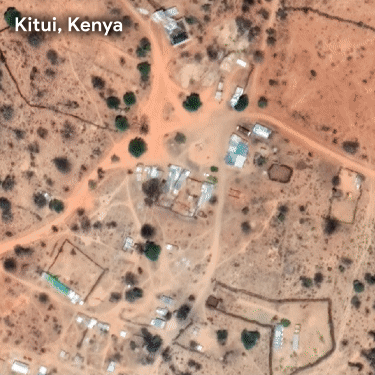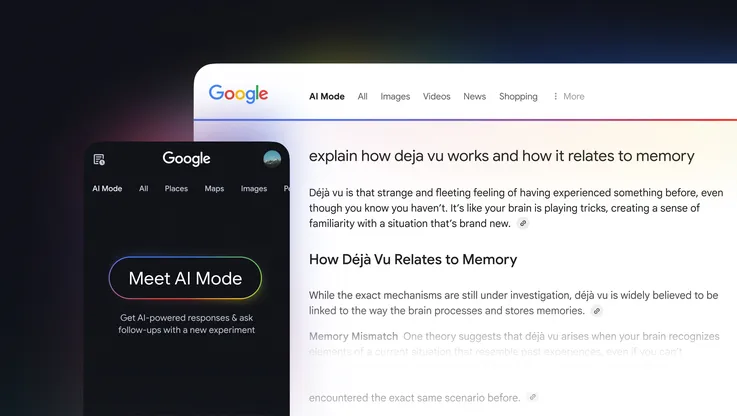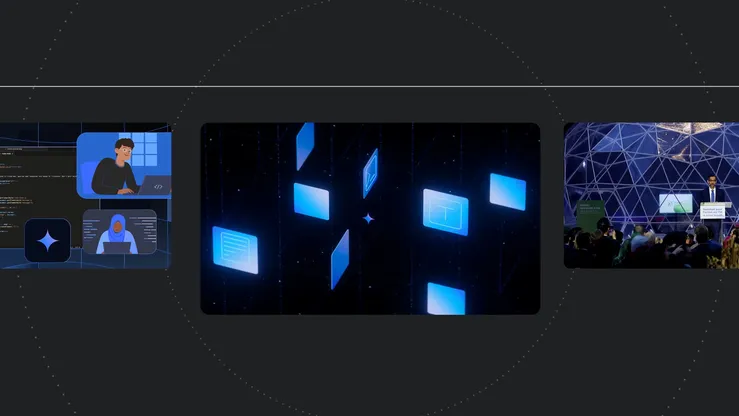How mapping the world’s buildings makes a difference
In Lamwo district, in northern Uganda, providing access to electricity is a challenge. In a country where only about 24% of the population has a power supply to their home from the national grid, the rate in Lamwo is even lower. This is partly due to lack of information: The government doesn’t have precise data about where settlements are located, what types of buildings there are, and what the buildings’ electricity needs might be. And canvassing the area isn’t practical, because the roads require four-wheel-drive vehicles and are impassable in the rain.
Ernest Mwebaze leads Sunbird AI, a Ugandan nonprofit that uses data technology for social good. They’re assessing areas in Lamwo district to support planning at the Ministry of Energy in Uganda. “There are large areas to plan for,” explains Ernest. “Even when you’re there on the ground, it’s difficult to get an overall sense of where all the buildings are and what is the size of each settlement. Currently people have to walk long distances just to charge their phones.”
To help with their analysis, Ernest’s team have been using Google’s Open Buildings. An open-access dataset project based on satellite imagery pinpointing the locations and geometry of buildings across Africa, Open Buildings allows the team to study the electrification needs, and potential solutions, at a level of detail that was previously impossible.
“With building footprint data, we can see which are the priority areas for electrification, estimating where commercial centers are, and areas with large population, or areas with essential services like schools and hospitals,” says Ernest. Some of these are settlements “which otherwise might be overlooked because they are literally not on the map.”
Today we’re updating Open Buildings to add new regions in South and Southeast Asia: Data is now available for Bangladesh, Indonesia, Laos, Nepal, Philippines, Singapore, Sri Lanka, Thailand and Vietnam. With more information about where buildings are located, governments and aid organizations operating in these countries will be able to better understand the needs of residents, both in everyday life and in crisis situations.
We’ve also been working over the last year on improving the accuracy of the dataset. Detecting buildings around the world can be quite challenging, because there are so many different types of structures, and because satellite imagery can be difficult to obtain. We’ve made significant progress, especially in challenging settings such as dense urban areas, and rural or informal settlements.
In addition, each of the identified buildings includes a Plus Code, an open-source system that provides a unique address for any location in the world. This enables both residents and authorities to search and locate individual buildings or households in order to, for example, receive deliveries, access emergency and social services, or just help other people find them.
Our research center in Ghana led the development of the Open Buildings project to support policy planning for the areas in the world with the biggest information gaps. We created it by applying artificial intelligence methods to satellite imagery to identify the locations and outlines of buildings.
Since we released the data, we’ve heard from many organizations — including UN agencies, nonprofits and academics — who have been using it:
- The UN Refugee Agency, UNHCR, has been using Open Buildings for survey sampling. It’s common to do household surveys in regions where people have been displaced, in order to know what people need. But UNHCR needs to first have an assessment of where the households actually are, which is where the Open Buildings project has been useful.
- UN Habitat is using Open Buildings to study urbanization across the African continent. Having detail on the way that cities are laid out enables them to make recommendations on urban planning.
- The International Energy Agency is using Open Buildings to estimate energy needs. With data about individual buildings, they can assess the needs of communities at a new level of precision and know how much energy is needed for cooking, lighting and for operating machinery. This will help with planning sustainable energy policy.
We’re excited to make this information available in more countries and to assist more organizations in their essential work. As Ernest says, “By providing decision makers with better data, they can make better decisions. Geographical data is particularly important for providing an unbiased source of information for planning basic services, and we need more of it.”










